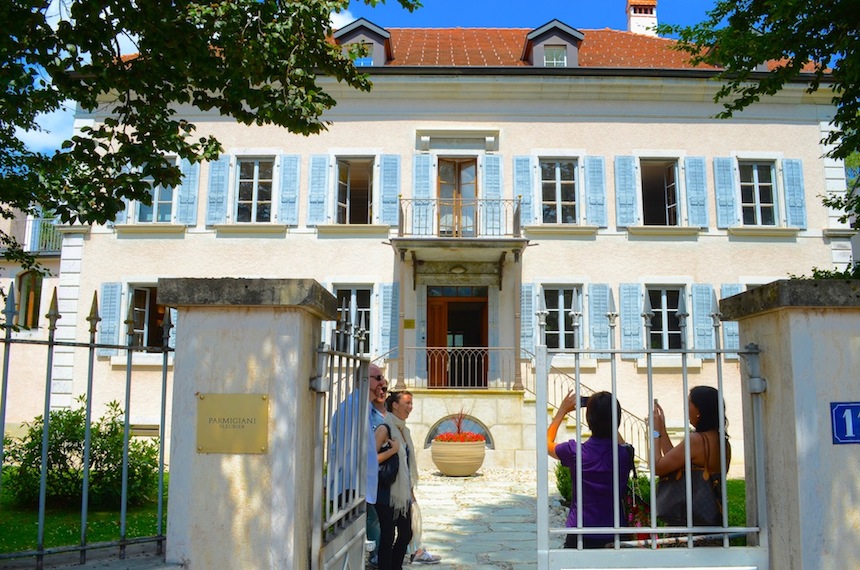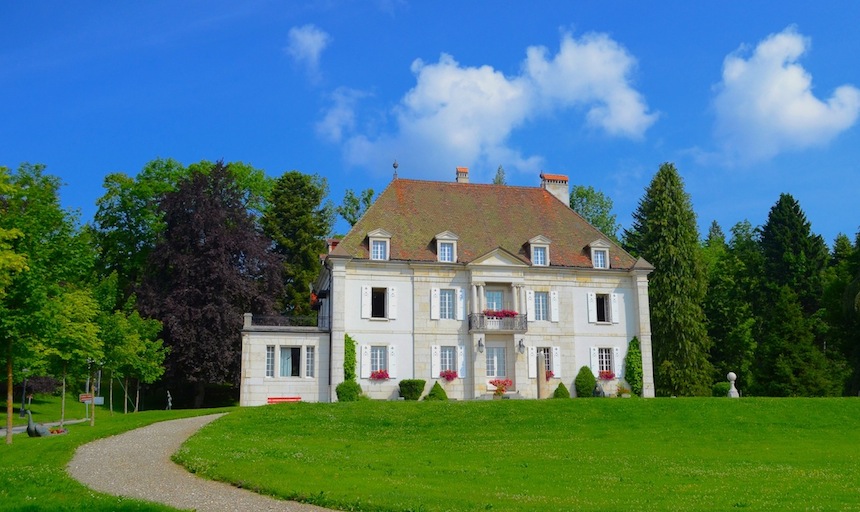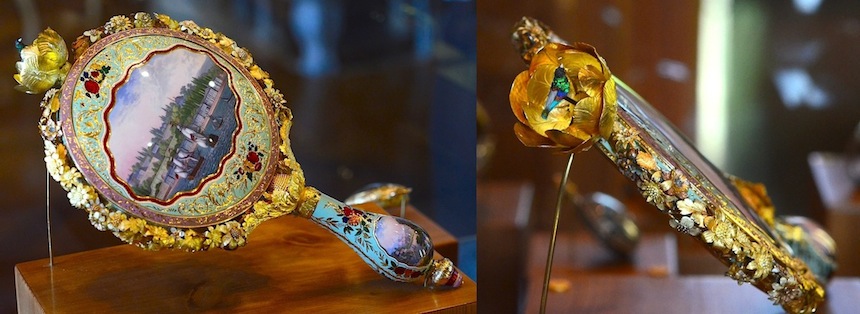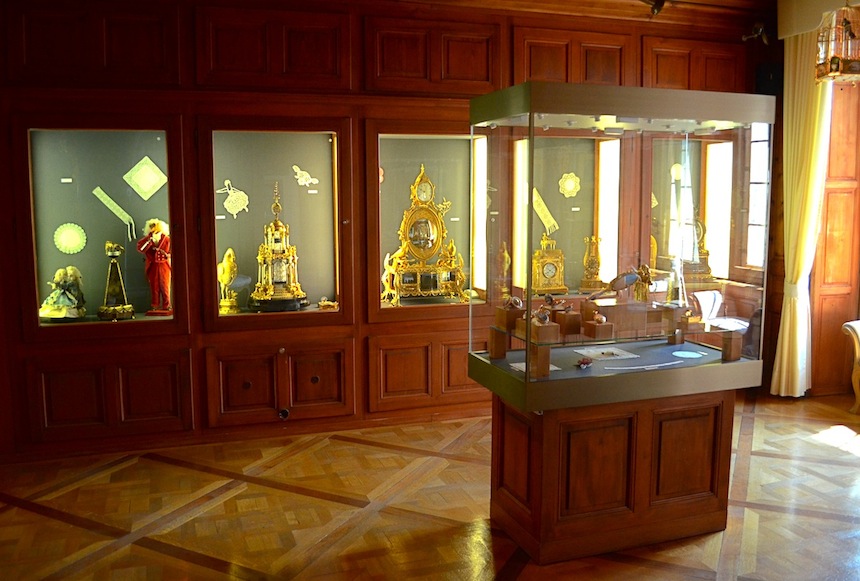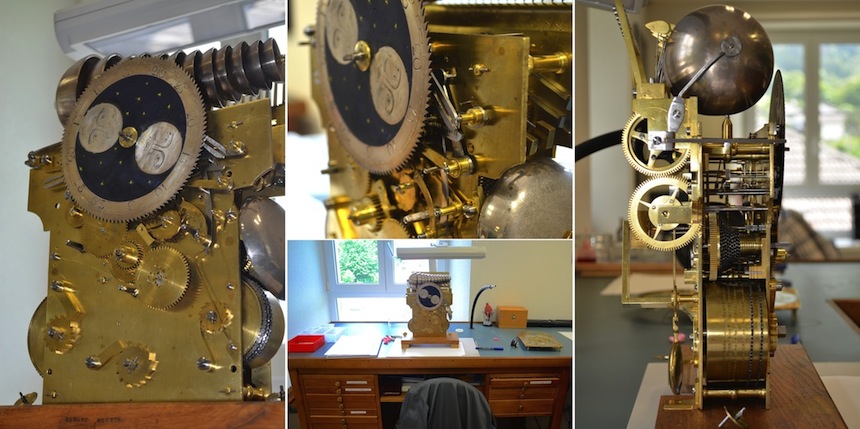One would imagine that spending six full days with a watch brand is long enough to become comfortably acquainted with them and ask pretty much everything you want to know. That is true a lot of the time, but on this occasion, even after five nights of little sleep, nearly two thousand photos and many in-depth conversations, I feel a need to return and learn more. Nevertheless, I walked away with a new-found knowledge of history, watch making tradition and haute horology after checking out the Swiss brand, Parmigiani Fleurier, a world we bring you in two parts.
In this article, we first discuss how Michel Parmigiani’s ambitious undertaking and the generous help of the Sandoz family collectively resulted in a true manufacture. Next, we look at what it means to transform from a restoration workshop into a modern watch making company, heavily responsible for the future of the trade. Finally, we discover how a few individuals and a company can be the bridge between the past and future of fine watch making. In part two, we gain special insight into the manufacture, now consisting of five major facilities employing 550 crafts- men and women. We learn how they have ample capacity to produce parts not only for themselves, but also for some of the most highly regarded companies in the world of fine watchmaking. When I say that, I refer to some of the ultimate names in modern ultra-high-end horology. Let’s first see how it all began.
The brand is a relatively young one, especially by industry standards. Its history began in 1976 when Michel Parmigiani opened his workshop in Couvet, despite the obvious tumbling of the Swiss watch making world massively damaged by the quartz crisis. He dedicated most of his time, efforts and know-how to the restoration of antique pieces, pocket watches and clocks. So, instead of leaving a “sinking ship” of all things mechanical, he chose to practice what he thought he did best: restoration.
It was an interesting concept and one which guaranteed the survival of his business; these magnificent creations could not have been surpassed by any quartz alternative, especially not in the eyes of their collectors. It was in 1980 that, in a favorable turn of events, Michel met the Sandoz family (related to the Sandoz pharmaceutical company today known as Novartis). Much more importantly for our purposes, the family is the owner of one of the most impressive collections of antique timepieces and automatons in the world, known as the “Edouard Marcel Sandoz Collection.” It consists of more than 100 timepieces and automatons spanning nearly 500 years. Several of these incredible works of art are on display in the M.Y. Sandoz room of the Musée d’Horlogerie in Le Locle, Switzerland.
Until 1980, the Sandoz family had Effréne Jobin, the curator of the Museum, do the restoration works on their pieces. Jobin, for personal reasons, couldn’t fulfill this position anymore, so he introduced the family to Michel. Thanks to that recommendation and the fact that Michel already had extensive experience in this field, they were happy to start co-operating with him when they wanted to have some of the most delicate pieces from their collection restored.
Something very important I learned, was the difference between “restoration” and “repair.” The former is not merely about making something work again, as there is no after-sales service for items hundreds of years old. Rather: “Restoration is an exercise in rebuilding; it is the act of perfectly recapturing a piece’s original nature, freeing it from the ravages of time and, very often, rescuing it from the cumulative effects of unskilled repairs or renovation work.” – from “Restoration: A Brand Philosophy,” an article on the Parmigiani blog
This definition for “restoration” helped me greatly to develop a different understanding and appreciation of everything that I saw in the museum. Every single item in the Sandoz room lives up to this strict criteria. They are not ruined old items after some enthusiastic repair work. Instead, sometimes only after centuries of either lying in dust, mistreated or generally under-valued, these artifacts can finally repossess their unique flair and again elicit the impressive level of awe that people felt when seeing them new. This is true for everything here, including the tiny singing birds – as seen on top of the unique mirror in the image above or in delicate hanging cages, a mechanical monkey that actually smokes a cigarette and the incredibly beautifully crafted pocket watches. The collection is extensive and each piece is beautifully restored.
Let’s not forget, many of these little automatons hail from an era when the smallest moving mechanical thing the common person might have experienced was a full-sized windmill on a farm. Seeing something so minute like a bird that’s 1-2 inches in size, with real feathers on it, caged in a tiny tobacco holder popping up and singing its song after a mere press of a button or pull of a string had been (and still is) mind-blowing. All of these are unique pieces, if for no other reason than only one of each belongs to any collection.
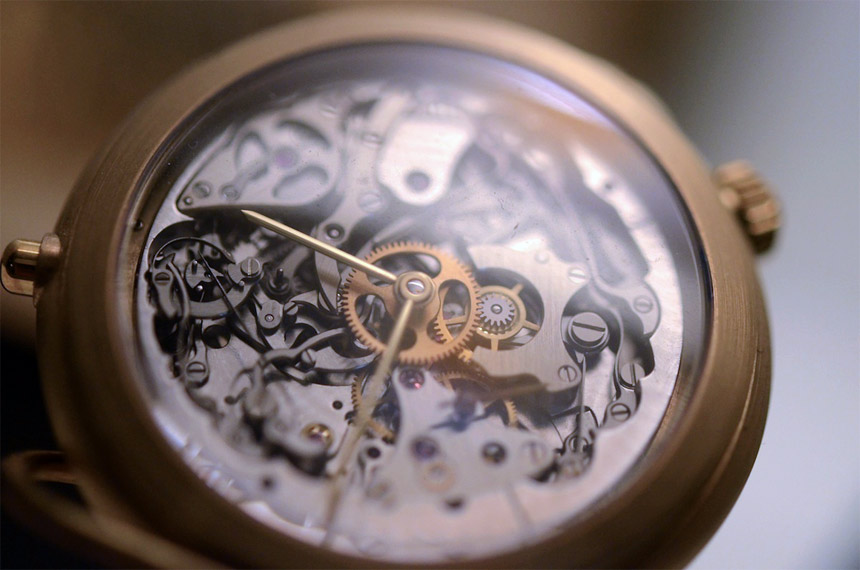
An inevitable consequence of these pieces belonging to this bygone era, is that you have to get everything right from the very moment you start working on such an item. One wrong move – if something pops, breaks or gets lost, you will hardly ever figure out how it originally worked or how to reconstruct it. No wonder then, that the Restoration Department is a separate island, an oasis on its own, compared to all other facilities we visited there. The only thing that comes close to that level of seclusion is the atelier for high complications, but more about that in part two of this article. For now, let’s discover how restoration works in practice, how it affected and continues to influence the everyday life of Parmigiani Fleurier.

